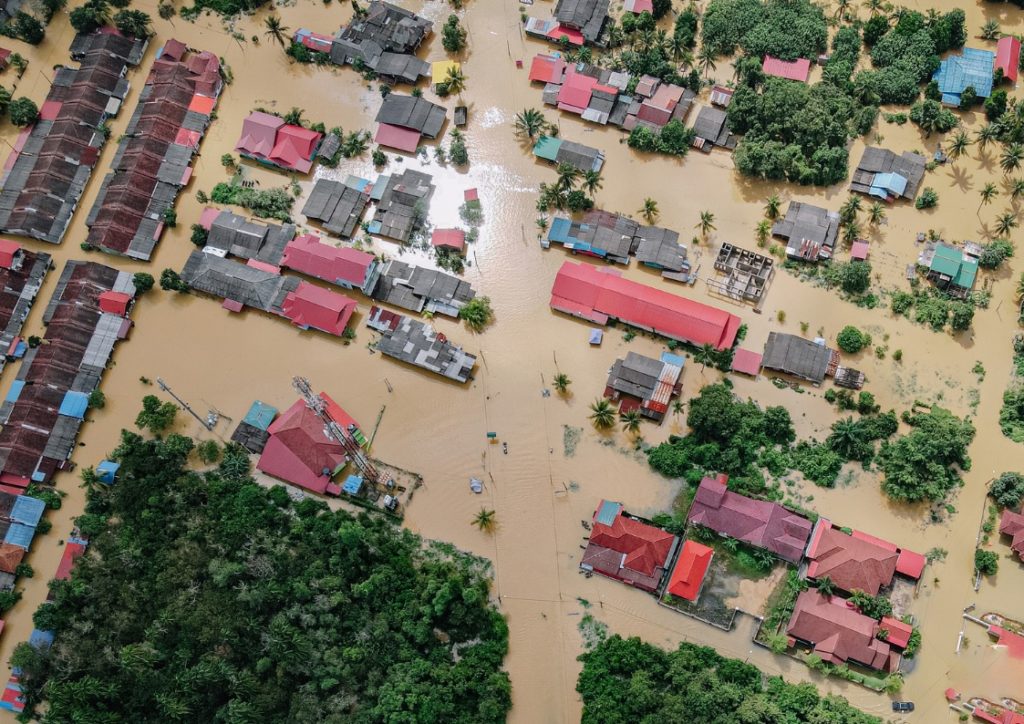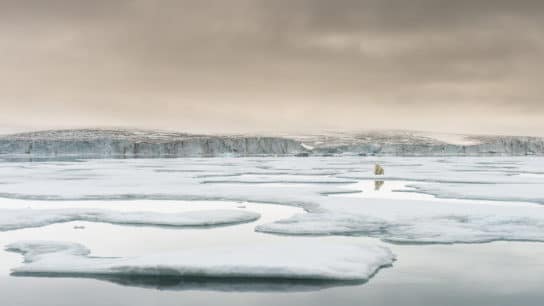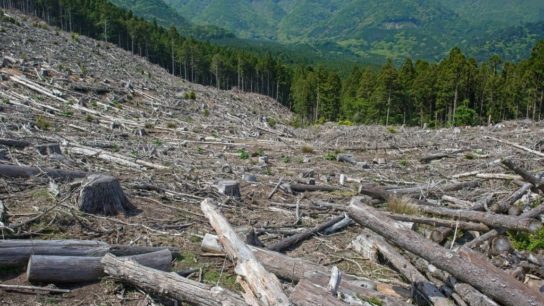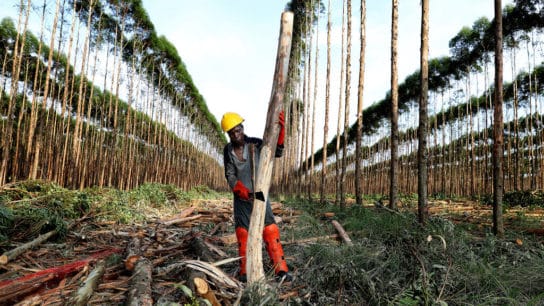Floods are among the most devastating natural disasters that occur worldwide, affecting millions of people and causing significant damage to both human settlements and the environment. As our planet experiences the impacts of climate change and human activities continue to alter landscapes, understanding the main causes and effects of floods becomes increasingly crucial. In this article, we delve into the factors that contribute to flooding and explore the wide-ranging consequences it has on our ecosystems and communities.
—
What Are the Different Types of Floods?
Before we examine the causes and effects of floods, it’s important to note that various types of floods can occur worldwide. There are two types of floods that are most common: flash floods and river floods.
Flash floods, as the name suggests, are the rapid rise of water levels from excessive rainfall in low-lying areas. These weather events are incredibly dangerous and can often lead to fatalities due to their destructive power and incredible speed, often not giving people enough time to escape to higher grounds or adopt protective measures. Flash floods tend to be more common in areas with a dry climate and rocky terrain due to lack of soil or vegetation, which acts as a defence or barrier against torrential rains flowing overland.
River flooding on the other hand, occurs when a river overspills its banks and river waters can no longer be contained within its channel. These events are more common in areas with a wetter climate and have longer rainstorm seasons, as well as areas close to melting snow and ice.
What Are the Main Causes of Floods?
Floods can occur due to several different, and often simultaneous, factors. However, one of the biggest causes of floods, especially in cases of flash floods, is excessive and heavy rainfall. When rainfall in low-lying areas and urban environments fall faster than the ground can absorb, water height rapidly rise, resulting in floods. Extreme rainfall in river courses contribute to flooding as well, as water travels down and overflows riverbanks onto surrounding land.
Sea overflow can also cause floods, in an event also known as a storm surge. This occurs during tropical storms, cyclones and hurricanes, where these types of weather events cause sea water to overflow onto the land in coastal regions. Sea water levels have been recorded to rise as high as 20 feet during storm surges.
Rapid melting of snow and ice similarly causes a surge of sea water, while blocks of melting ice could block the flow of a river, creating a phenomenon known as ice jams.
Dam failures and breakage can also send a powerful and destructive surge of water downstream. One of the most devastating dam failures in history took place in 1889 in Johnstown, Pennsylvania. Several days of extraordinarily heavy rain placed severe pressure on the local dam, causing it to fail and releasing 20 million tons of water to the town, and more than 2,200 people died within minutes.
Embed from Getty ImagesWhat Are the Biggest Effects of Floods?
More than 2 billion people worldwide were affected by floods between 1998-2017. And that number continues to climb as occurrences of major flood events become more frequent and severe.
Flooding, especially flash floods, can devastate entire cities and urban environments. Throughout history, many have lost their lives as a result of rapid floods, or events caused by severe flooding such as landslides and collapsed infrastructure.
One of the biggest consequences and effects of floods is that people lose their home and property, and essential buildings and infrastructures such as hospitals and elderly homes are left incapacitated. Loss of power and mobile communication is a common occurrence during floods, which can impact livelihoods and access to safety.
Floods can have huge economic repercussions to a region, as extreme weather events impact key industries and sectors, notably agriculture, fishing, food crops, health, labour and tourism. Studies have found that frequent flooding could shave 11% off a region’s GDP by the end of the century. Countries often take years to recover economically following the loss of resources.
People who live in regions close to rivers, in wetter climates and prone to monsoon seasons are significantly more vulnerable to floods. Many south and southeast Asian countries such as Bangladesh – a third of which was under water at one point in 2020 – and India have been particularly hit hard by flood events in recent years due to their low-lying lands and dense populations.
Consequently, there’s been high rates of mass migration and population displacement over the past few decades, causing overcrowding in urban cities and expanding the urban poor. This leads to potential long-term social inequalities and unrest.
You might also like: 86 Million People Have Been Moving Into Global Flood Zones in the Last Two Decades – Study
Climate Change is Exacerbating the Effects of Floods
Flooding has been made more likely by climate change, according to a 2021 study by climate experts. In the case of Western Europe, downpours in the region, which caused the flash floods that killed nearly 200 people, are now 3-19% heavier due to human-caused warming.
For countries that are already prone to rainy seasons, particularly in Asia, climate models predict climate change will lead to more intense flooding and prolong existing monsoon seasons. A typical monsoon season in Asia lasts from June to September. The effects of climate change could potentially result in an earlier arrival or departure of monsoons, disrupting agricultural and crop production, as well as increasing extreme precipitation over the region as more greenhouse gases are released into the atmosphere.
You might also like: Climate Change Made Libya Floods Up to 50 Times More Likely, Study Finds
What Can Be Done?
One of the most salient short-term solutions is for countries, especially those in high flood risk regions, to prioritise investments in flood adaptation strategies. This means building more resilient infrastructure that are designed to withstand floods and water damage.
China, for example, has been investing heavily in ‘sponge city’ concepts, the development of which could potentially help control and mitigate flooding, and recycle rainwater resources and re-instate degraded environments at the same time. Building seawalls can be an effective form of coastal defence and protection in dealing with storm surges and flooding events associated with tropical storms.
Managed retreat, which refers to a purposeful and coordinated movement of people and infrastructure away from high risk areas, is a solution that is worth considering. With more frequent and intense flooding events, forced migration and population displacement is already a growing problem, which as discussed earlier, brings with it a wealth of complex social and economic issues. A managed retreat, which can occur over time and allow systems that account for migrants and displaced people to be in place, can be less traumatic for people and potentially less expensive in the long run.
However ultimately, the most effective way to mitigate climate change and worsening flooding events is to reduce global greenhouse gas emissions. We need to dedicate ourselves to decarbonising transportation and investing a lot more and faster into renewable energy and technologies. While many high income countries such as the US have made net zero goals by 2050 and are pushing for more electric vehicles, a majority of the countries are doing far too little and at too slow a pace to tackle the exacerbating climate crisis.
This story is funded by readers like you
Our non-profit newsroom provides climate coverage free of charge and advertising. Your one-off or monthly donations play a crucial role in supporting our operations, expanding our reach, and maintaining our editorial independence.
About EO | Mission Statement | Impact & Reach | Write for us


















